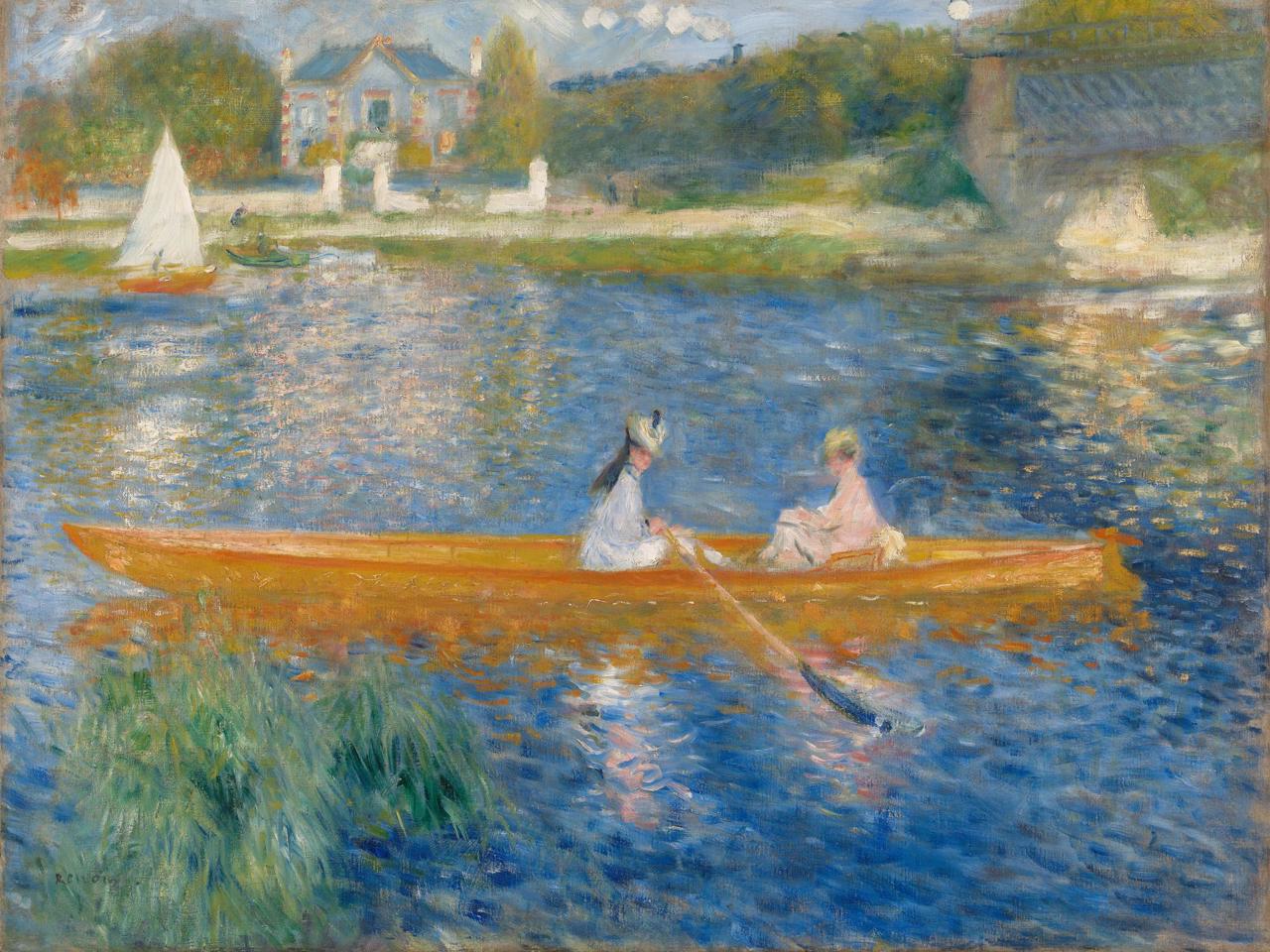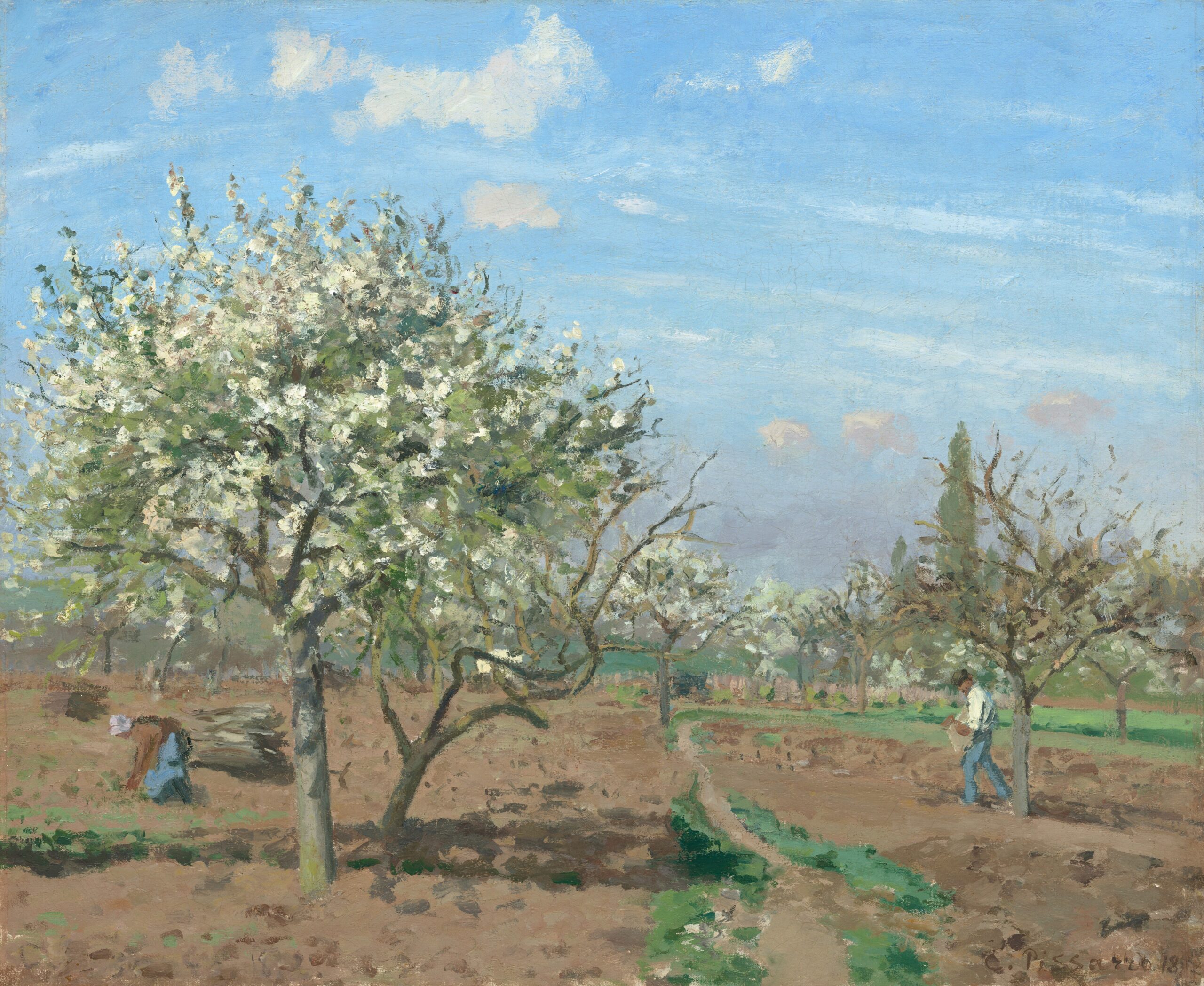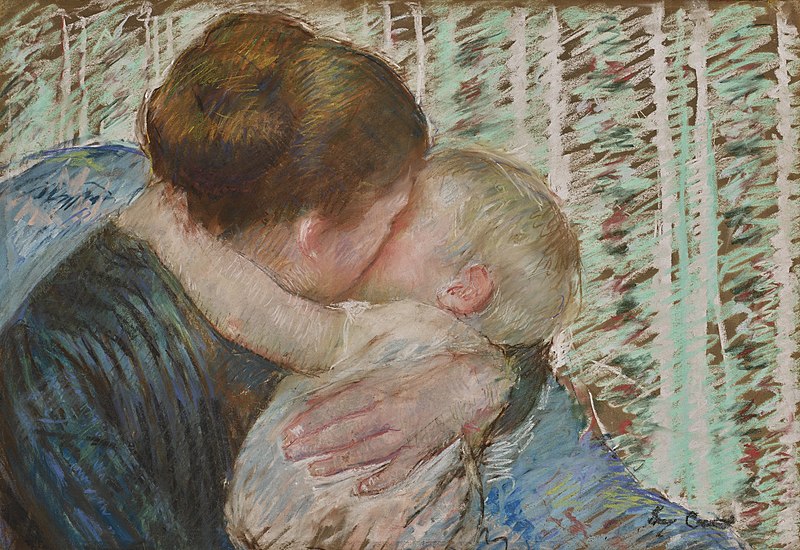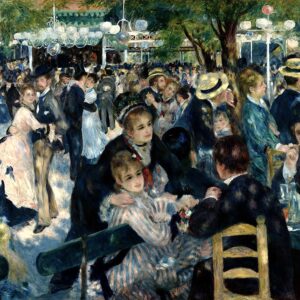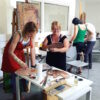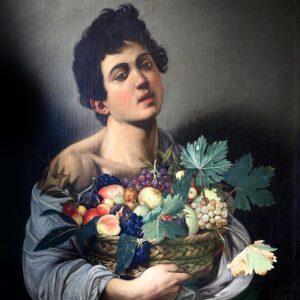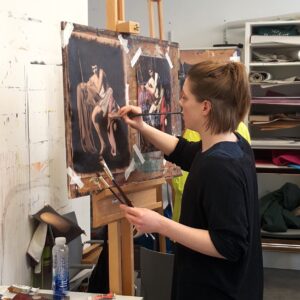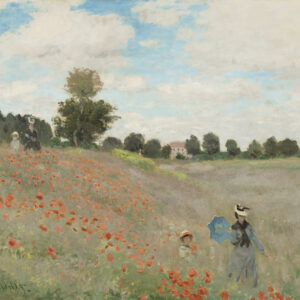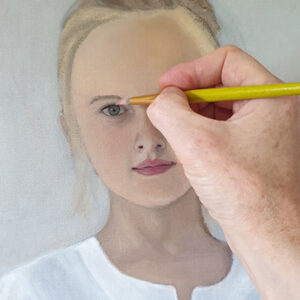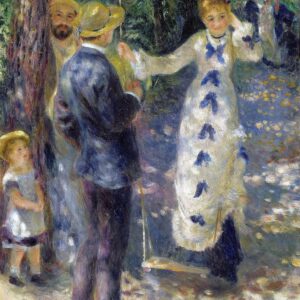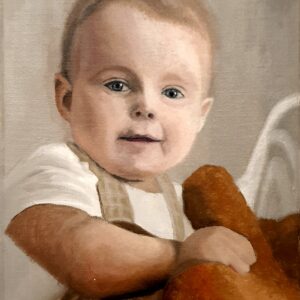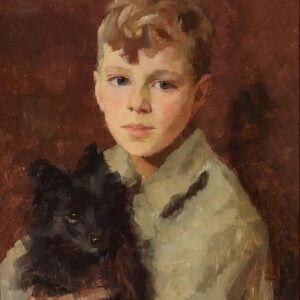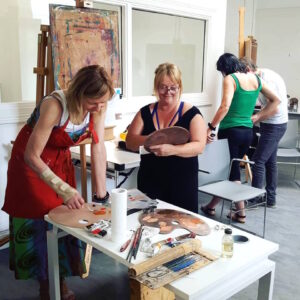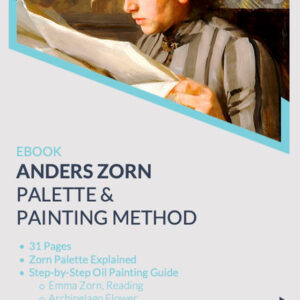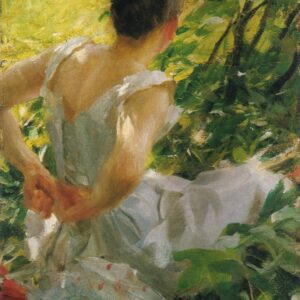Impressionist Painting Course (Kilkenny Studio)
€210.00
6-WEEK STUDIO COURSE
Starting Monday 2nd December 2024 in Kilkenny City
Also available ONLINE . . .
Venue: St. Patrick’s Parish Centre, Loughboy, Kilkenny
Class Time: Mondays 10am – 12 noon
Dates: 2, 9 & 16 December 2024 and 13, 20 & 27 January 2024
Medium: Oil or Acrylic Paint (and optional Pastel)
Format: Studio-Based Physical Class
Level: All levels
Impressionism has captured people’s imagination since its first exhibition in Paris in 1874, and artists have long sought to understand how the Impressionists created their paintings and how their techniques might be replicated.
This course reveals the answers to these questions by assessing the techniques and styles of the masters of Impressionism and showing how their methods can be used and adapted by artists today.
You will be shown how the Impressionist movement came about, explore its historical context, and define the styles and inspirations of the artists involved. We will then look at the main techniques including:
- Alla Prima
- Pointillism
- Impasto
- Two-dimensional brushwork
- Use of slabs of colour
- Palette knife application
- Impressionist use of colour
The paints, brushes and other materials and equipment they used will also be described, as well as modern-day materials and equivalents.
The heart of the course, however, focuses on four of the major Impressionist painters – Renoir, Cézanne, Cassatt and Caillebotte – revealing how they worked and deconstructing many of their well-known paintings. In each case, you will be shown how to recreate these Impressionist masterworks with step-by-step demonstrations and study guides.
This course combines a fascinating insight into the working methods of the Impressionists with practical guidelines to enable contemporary artists to achieve their own Impressionist paintings.
See full description, what’s included, what’s required, and other important information in the tabbed sections below.
In stock


